












With around 5,000 in our state, dams are demanding more attention. As storms escalate, aging dams are at risk...that means local communities are, too.
The recently released Dam Removal Report by the Long Island Sound River Restoration Network (which includes TNC in CT) examines solutions for people and nature.
It can be good to go with the flow. But in the case of Connecticut’s fish and rivers, we need to do the opposite.
Coordinated action is needed to remove obstacles like dams from waterways, and more than 100 people from across the state learned why at “World Fish Migration Day: The Migration Celebration” May 21 with The Nature Conservancy in Connecticut and members of the Long Island Sound River Restoration Network.

The Farmington River ranks 6th on 2024’s list of Most Endangered Rivers in the U.S., due to concerns for fish and the ecosystem, as well as toxic algae blooms that can harm people, pets and wildlife. American Rivers ranks the top 10 annually. Significant changes are necessary for a dam on the river to meet reasonable standards for public health and safety, and river health.
Dams cause challenges to fish and the ecosystem, especially when fish migrate for spawning. Removing dams to reconnect rivers can restore natural fish passage and movement of nutrients, help alleviate local flooding, prompt growth of native plants, and protect nature.
“The Long Island Sound region spanning Connecticut is a gateway to hundreds of miles of critical freshwater habitat across New England,” says Emily Hadzopulos, TNC’s Freshwater Restoration Manager in CT. “That’s why it’s important to advocate for free-flowing rivers so that migratory fish can live, breed, and thrive.”
The free event was held at Windsor’s Northwest Park with a guided hike along the Farmington River, social hour, documentary premiere, and panel discussion.



University of Connecticut genomics lab
© Jerry & Marcy Monkman
There are survivors in your local forests: trees holding their own against invasive pests and disease, still tall and strong, needles and leaves intact, while their peers die off with bare branches and lesion-covered trunks.
American elms, Eastern hemlocks and other iconic trees found in Connecticut and across North America are under attack.

Download the TreeSnap app to your cell phone before you head out. If you notice “lingering trees” among diseased counterparts, take a photo and upload it to the app. Your submission will allow researchers to cover more ground, and quickly.

Adirondack Park Invasive Plant Program Manager Tammara
Van Ryn measures an Eastern hemlock.
© Jerry & Marcy Monkman
But the “lingering trees” may have genetic resistance and pathogens that lead researchers toward solutions. Scientists from The Nature Conservancy are partnering with schools like the University of Connecticut, and supporters like you.
The Trees in Peril project is made possible by the Manton Foundation, which The Nature Conservancy in Connecticut is proud to call a partner for the last decade.
Researchers are testing lingering trees and analyzing DNA for breeding programs. They might be the key to cultivating resistant trees that can grow into future healthy forests.
Dr. Jill Wegrzyn, an associate professor and researcher at UConn, grasps the extreme breadth of this challenge, but is hopeful everyone will see positive results, whether they are researchers on the project or neighbors who treasure trees in their local parks.
“We’re collecting that material and we’re sequencing that material, both to understand the diversity of what the species have to work with in terms of a genetic background, but also understand when we do find individuals that seem to have more resistance or are lingering, what parts of their genome are contributing to that,” Wegrzyn said.
The long-term goal is to grow resistant trees that are robust forests of the future. Healthy forests are one of the most substantial tools in addressing climate change. They also provide homes to wildlife and are a part of local economies.
It will take time—a great deal of time—to grow stronger forests of more resilient trees. But signs of success are already emerging, and the need has never been more urgent.


Students at Beardsley School in Bridgeport recently took home a different kind of backpack— ones that were filled with supplies for spending time in nature.
Thanks to a donation from Milford-based Athletic Brewing Company, TNC’s CT chapter visited the school and delivered Osprey Packs that held Hydro Flasks, rain notebooks, crayons, bandanas with animal track patterns, a compass and more. Ben Croll, Preserve Visitor Safety and Engagement Specialist at Devil’s Den Preserve, showed students how to use the tools and led outdoor activities under a bright blue sky.
The chapter and students are grateful to Athletic Brewing for its generosity and helping kids to explore, connect with the outdoors, and be curious.
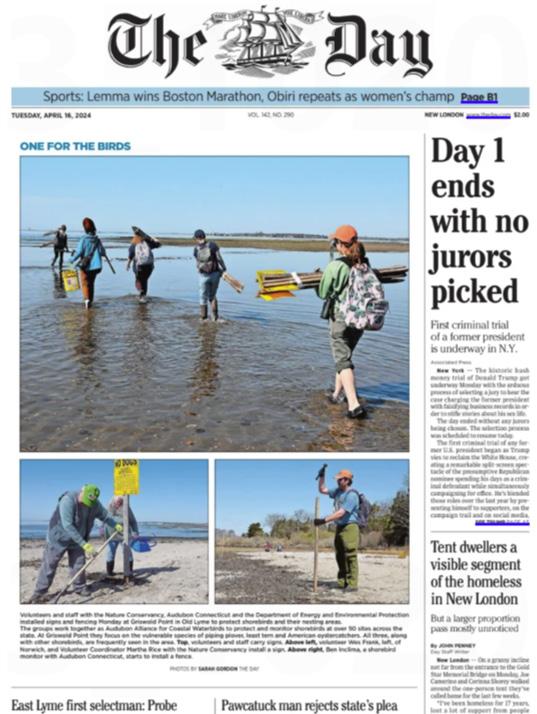

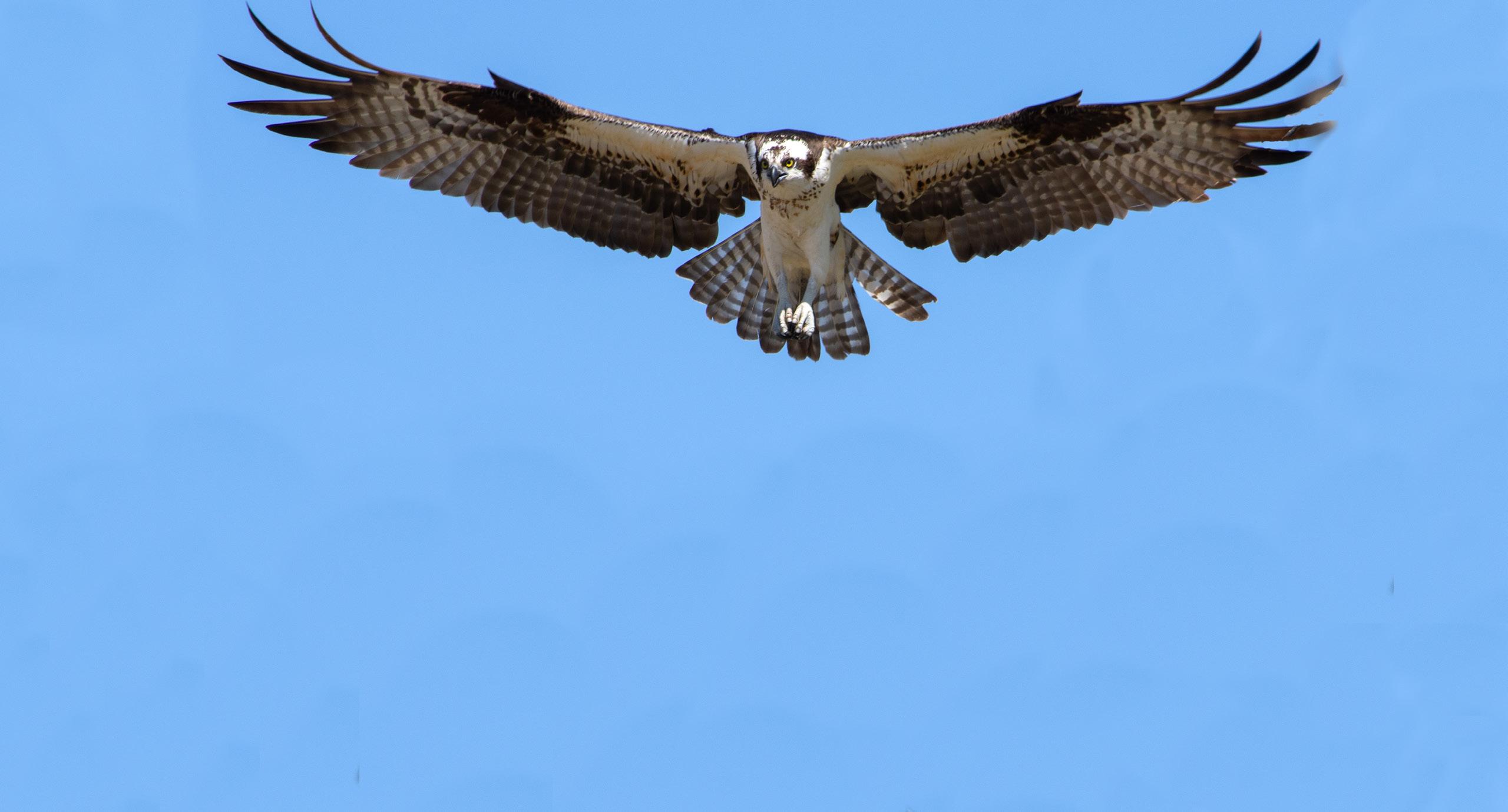

Volunteers and staff from TNC in CT joined with the Connecticut Department of Energy & Environmental Protection (DEEP) and Audubon Connecticut once again this spring to set up string fencing along the coast at Griswold Point in Old Lyme to protect piping plover nests. The shorebirds lay their eggs in the sand—and they’re nearly impossible to notice when walking at a beach.
TNC in CT has completed this work for decades in partnership with the Audubon Alliance for Coastal Waterbirds particularly at Griswold Point. Some chapter volunteers join in every year and are dedicated advocates for shorebirds.

The New London Day featured the work on the front page of the newspaper.

CT Energy Future, run by The Nature Conservancy in Connecticut and the CT Sustainable Business Council, helps organizations leverage clean energy policy opportunities, address challenges, and network with like-minded colleagues.
CEF is seeking business leaders who hope to connect their organizations with clean energy, and network with others interested in the state’s energy future.
Special events this spring included a panel discussion with legislators and businesses in Hartford and a webinar on clean energy policy.
Learn more at: CTenergyfuture.org
TNC in CT joined other organizations and public officials this spring in celebrating a new step toward future state-crossing offshore wind farms.
Project bids have been submitted for offshore wind development in Connecticut, Massachusetts, and Rhode Island to the state’s three respective energy and environmental agencies. Together, the three states’ solicitations are for up to 6,000 MW of offshore wind power.
As final project bids rolled in to meet the bid deadline at the end of March, TNC, the Sierra Club, New London’s mayor, Port Authority officials, and other groups and supporters touted the importance of offshore wind in a press conference in New London.
“Offshore wind is crucial to our ability to address the climate crisis, particularly here in New England where wind resources are abundant and where wind can make a big difference in power reliability, especially in the most critical time, winter,” said Nathan Frohling, Director of External Affairs for TNC in CT (pictured on the right). “It also makes economic sense.”
New England is home to some of the nation’s best offshore wind resources, giving the region a unique advantage in reaping clean energy’s economic and climate benefits.
The state offices will announce selected projects on Aug. 7, with contracts set to be executed by Oct. 9.


When this year’s legislative session ended in May, CT’s Climate Omnibus Bill (HB 5004) had not come up for a Senate vote, after being passed in the House. The goal is to take it up again in the next session.
TNC in CT testified heavily for this bill and more than 25 others. TNC-supported bills that passed include: • Legislation allowing the state’s Department of Energy and Environmental Protection increased authority to shut down dams that are deemed unsafe or dangerous.
• An act supporting solar in various ways, including solar canopies and a provisional lift of a solar cap.
• A bill allowing a 30year contract option for Offshore Wind (OSW) Power, which can help better enable deployment of OSW.
View a video on CT’s OSW efforts.
• Through the 1600s: Algonquin Territory
• 19th Century: Lighthouse Host & Army Post
• 1950s: Federal Laboratory Begins Operations
• 2008: Put Up for Sale by Federal Government via Auction
• 2020: Removed From Auction
Plum Island’s future has long been debated, but recently took a step forward.
This spring, the House of Representatives Subcommittee on Federal Lands held a hearing on bipartisan legislation that would designate Plum Island as a national monument, with TNC and others offering testimony in favor.
The island, located in Long Island Sound between Connecticut (near Old Saybrook) and New York, is rich in wildlife and history. Its relative isolation allows unique plants and
wildlife to flourish in an otherwise heavily developed region.
The island was most recently home to a federal laboratory conducting classified research on contagious animal diseases.
In 2008 the unthinkable happened when this national treasure was designated for sale. Protection efforts were supported by TNC’s CT and NY chapters, and the sale was called off in 2020.
The hope is for continued progress to finally achieve monument designation.
Plum Island hosts the largest seal haul-out area in Southern New England.
© Robert Lorenz
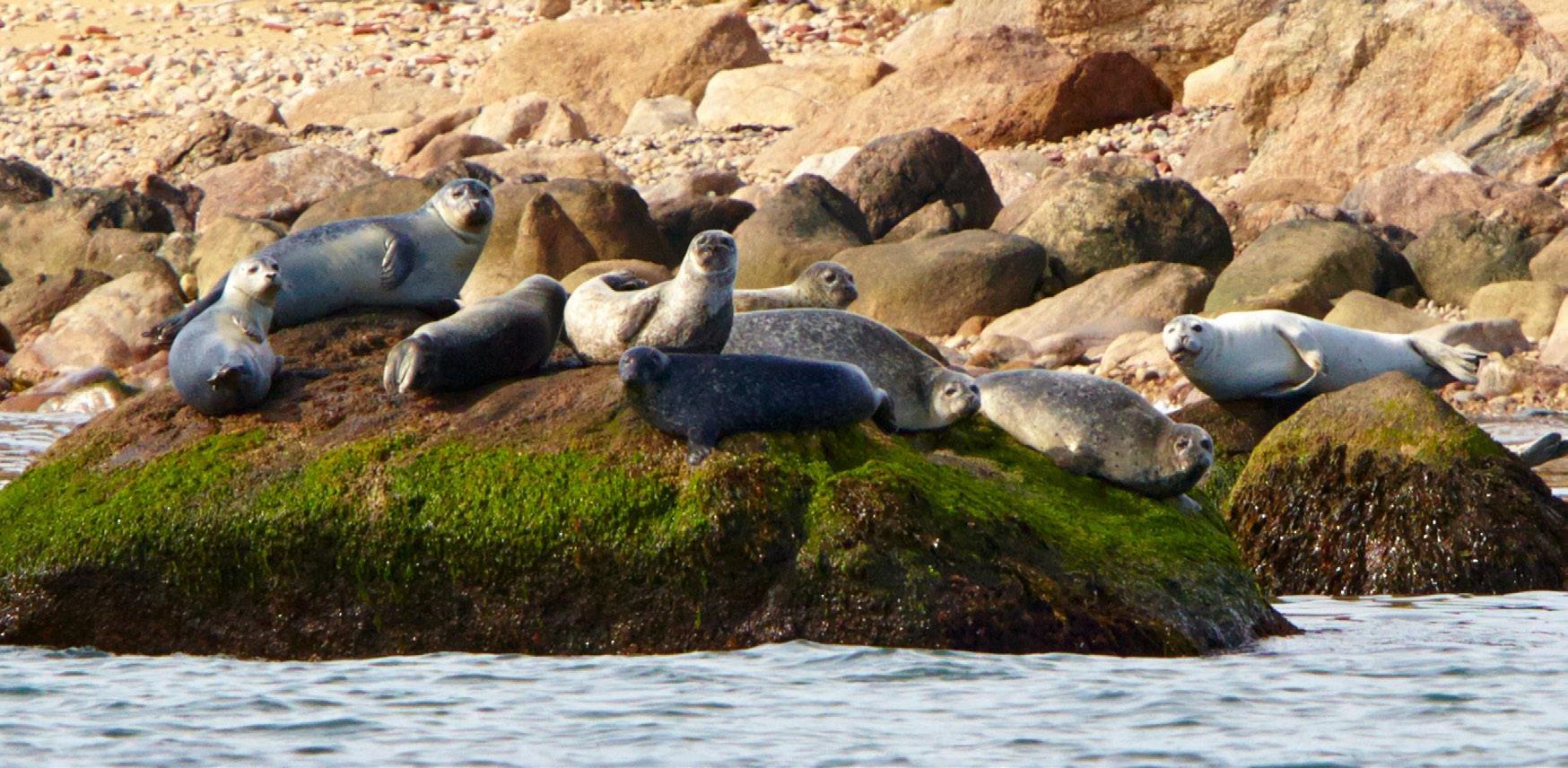
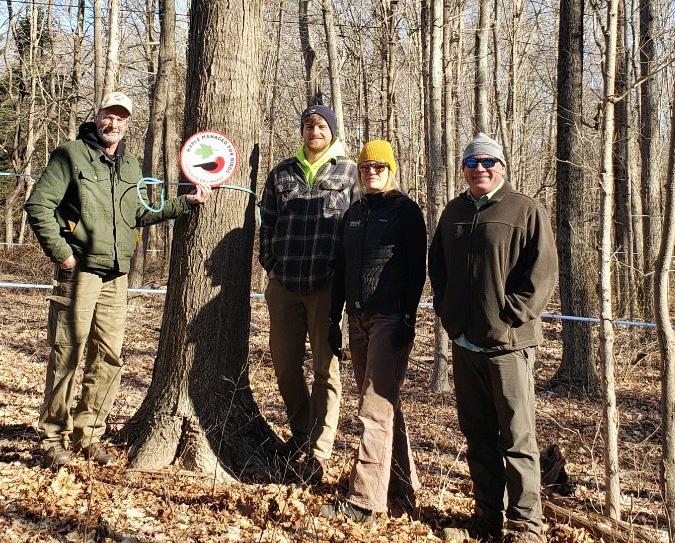
Centennial Watershed State Forest—co-managed by TNC in CT, CT DEEP and Aquarion Water Company—was recognized by Audubon CT for bird- and maple tree-friendly efforts within a 7-acre area of the forest’s sugarbush in Monroe.
The area is supporting forest birds whose populations have been declining, as well as maple syrup production. The team has implemented active forest management techniques that have resulted in a more resilient and productive forest.

Land stewards of The Nature Conservancy in Connecticut are always hard at work monitoring trails and parcels we protect. This spring, that meant removing a trail bridge that was no longer sturdy and had to be pulled from the water. It was teamwork at its best—everything, including tools, had to be carried in and, in some cases, tossed across the water.
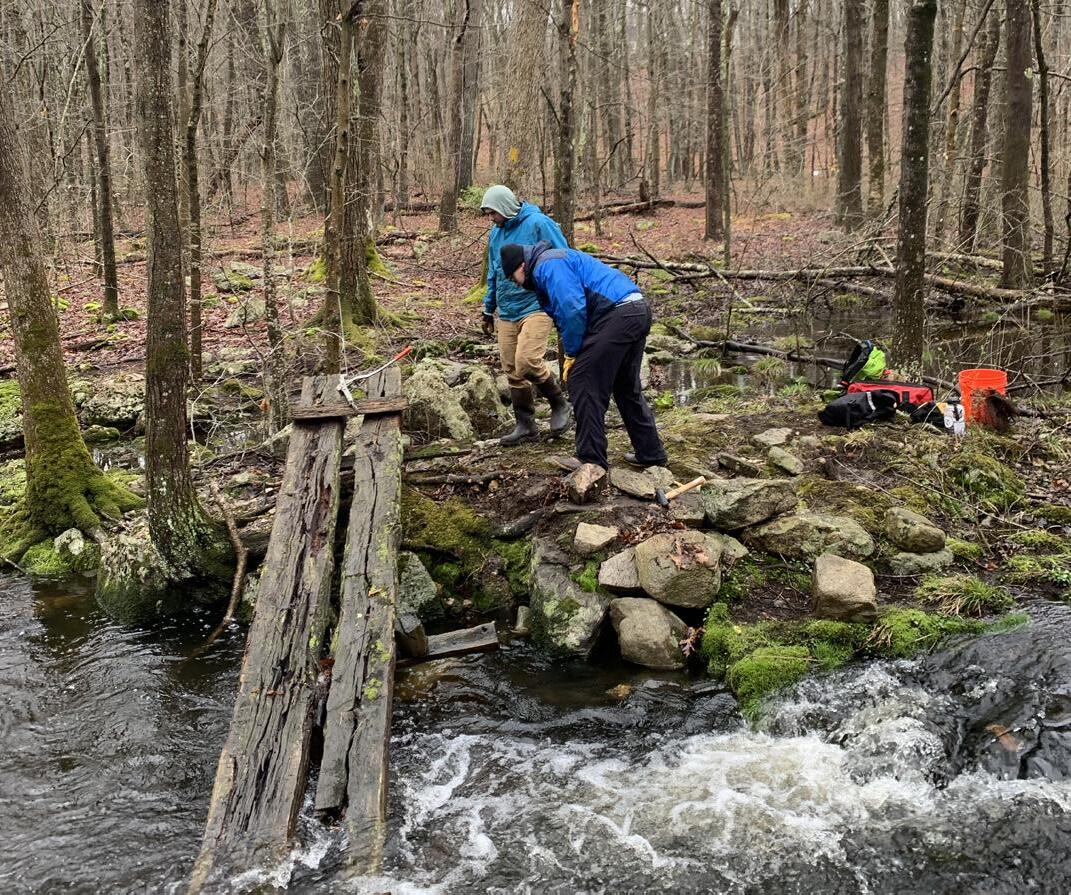
As the weather has been warming up, they’ve also been welcoming more and more visitors. There will be another guided hike series at Devil’s Den Preserve in Weston, with the first being held during CT Trails Days in early June.

